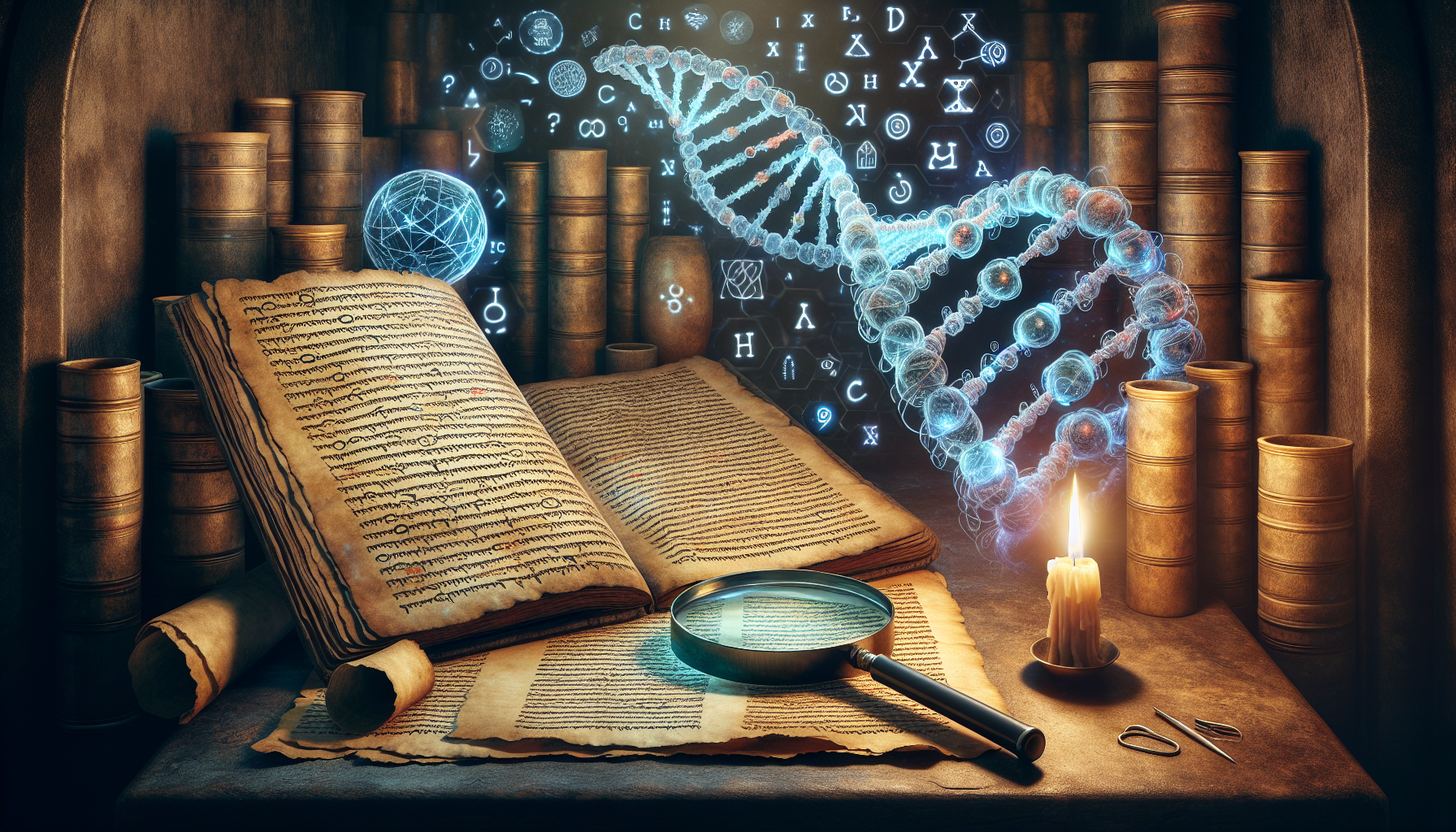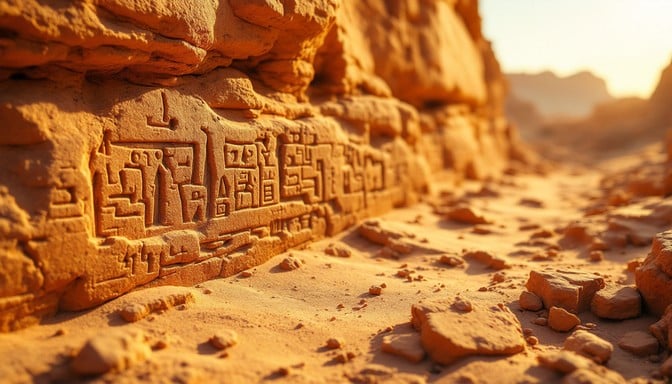Lost Lineages in Our DNA
For decades, our understanding of human origins followed a relatively simple line: Homo sapiens emerged in Africa, expanded across the globe, and replaced or assimilated other archaic humans. But thanks to ancient DNA research, this story is evolving into something far more intricate — a complex web of lost lineages, ghost populations, and genetic echoes that still live within us today.
Archaeological discoveries, combined with breakthroughs in genome sequencing, have illuminated previously invisible chapters of our species’ history. These lost lineages don’t always leave bones or artifacts behind — but their DNA persists, written in our genomes like footnotes of forgotten migrations.
Ghost Populations and Genetic Echoes
One of the most intriguing findings of recent years involves so-called “ghost populations.” These are ancient human groups that left traces of DNA in modern or ancient genomes, even though no physical remains of them have been found. By analyzing segments of DNA that don’t match any known population, geneticists have inferred the existence of several such groups.
For example, in Africa — where modern humans originated — genomic studies have revealed deep genetic lineages that point to interbreeding with unknown archaic humans over 200,000 years ago. These ghost populations suggest a more mosaic-like evolution than the linear “Out of Africa” model once proposed.
The Denisovan Puzzle
Perhaps the most famous example of a lost lineage is the Denisovans, known from only a handful of bones and teeth discovered in Siberia’s Denisova Cave. Their DNA, however, has been found in Melanesian, Aboriginal Australian, and some East Asian populations, indicating extensive interbreeding as Homo sapiens moved across Asia.
Denisovans likely occupied vast territories across Asia — far beyond their discovery site — yet their archaeological footprint remains astonishingly sparse. This genetic presence without physical evidence underscores how DNA can reveal entire peoples that archaeology has yet to uncover.
Neanderthals: The Familiar Lineage
Unlike the mysterious Denisovans, Neanderthals have left both physical remains and genetic traces that profoundly reshape our understanding of “modern” humanity. Once portrayed as a separate, inferior species, Neanderthals are now recognized as close relatives who contributed 1–4% of DNA to most non-African populations.
This interbreeding happened roughly 50,000–60,000 years ago, likely in the Middle East. Beyond simple genetic inheritance, Neanderthal DNA has been linked to aspects of modern human immunity, skin adaptation, and even some neurological traits. Their contribution reminds us that “we” are not a single, pure lineage — but a blend of multiple human branches, some of which vanished as distinct groups but endure in our biology.
Unexpected Lineages in the Americas
In the Americas, ancient DNA has revealed surprising layers of migration. Genetic studies on ancient remains such as those from the Lagoa Santa caves in Brazil and the White Sands footprints in New Mexico indicate that early populations may have arrived earlier than previously believed — possibly even before the Clovis culture. Some of these early groups carry genetic signals that do not match later Native American populations, hinting at early lineages that disappeared or were absorbed.
Hidden Complexity of Human Evolution
The emerging picture of human history resembles a braided stream rather than a straight line. Populations expanded, merged, vanished, and reappeared in waves, leaving fragments of themselves behind. Each newly sequenced genome can reveal connections that force researchers to rethink migration timelines and reconsider the nature of ancient human interactions.
And crucially, this story is far from finished. Ancient DNA techniques are improving rapidly. Samples from regions long considered inhospitable for DNA preservation — like the tropics — are beginning to yield results. This suggests that the coming decades will bring more surprises, possibly uncovering additional lost lineages that reshaped humanity’s journey.
An Open Historical Frontier
How many lineages have vanished without leaving visible traces? How many civilizations rose and fell, their genetic legacy lingering while their artifacts were lost to cataclysms, time, or human conflict? Events like the Younger Dryas cold period or massive volcanic eruptions could have erased entire cultures, leaving only genomic whispers behind.
As we uncover these genetic echoes, we’re reminded that the history of Homo sapiens is older, deeper, and more intricate than textbooks once suggested. Lost lineages challenge our assumptions and encourage a humble, inquisitive approach to understanding our shared past.
Additional reading






